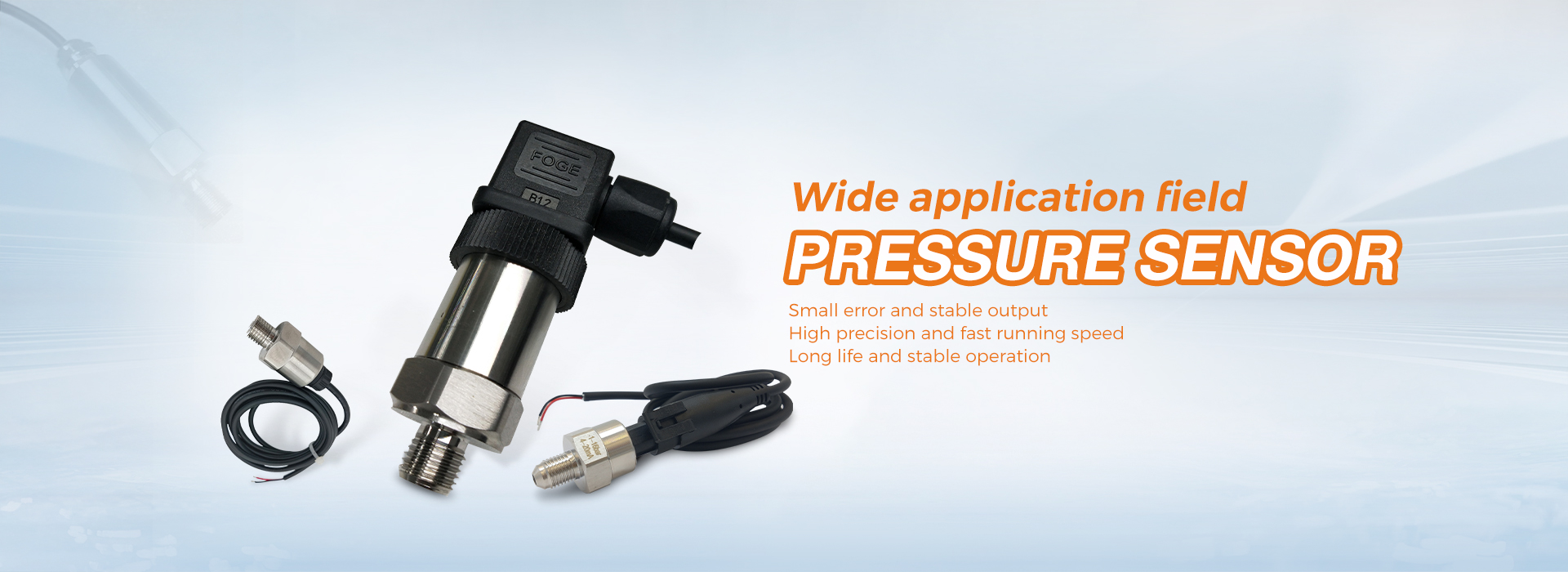Firstly, let’s understand the structure and function of conventional pressure transmitters. A pressure transmitter is mainly composed of three parts: a pressure sensor, a measurement conversion circuit, and a process connection component. Its function is to convert physical pressure parameters such as gases and liquids sensed by pressure sensors into standard electrical signals for display, measurement, control and adjustment purposes in display alarm devices, DCS systems, recorders, PLC systems, etc. In these tasks, many different problems may arise, and it is necessary to pay attention to the maintenance and protection of the pressure transmitter during operation.
Precautions for using pressure transmitters.
1. Firstly, check for signal interference around the pressure transmitter. If so, try to eliminate it as much as possible or connect the sensor shielding wire to the metal casing as much as possible to enhance anti-interference ability.
2. Regularly clean the installation holes to ensure their cleanliness. Prevent the transmitter from coming into contact with corrosive or overheated media.
3. When wiring, thread the cable through the waterproof joint (accessory) or flexible tube and tighten the sealing nut to prevent rainwater from leaking into the transmitter housing through the cable.
4. When measuring gas pressure, the pressure tap should be located at the top of the process pipeline, and the transmitter should also be installed at the top of the process pipeline to facilitate the accumulation of liquid into the process pipeline.
5. When measuring liquid pressure, the pressure tap should be located on the side of the process pipeline to avoid sediment accumulation.
6. A voltage higher than 36V cannot be used on the pressure transmitter, as it can easily cause damage.
7. When freezing occurs in winter, anti freezing measures must be taken for the transmitter installed outdoors to prevent the liquid in the pressure inlet from expanding due to ice volume, which may cause damage to the sensor.
8. When measuring steam or other high-temperature media, it is necessary to connect a buffer tube (coil) or other condenser, and the working temperature of the transmitter should not exceed the limit. And the buffer tube needs to be filled with an appropriate amount of water to prevent overheating steam from coming into contact with the transmitter. And the buffer heat dissipation pipe cannot leak air.
9.When measuring liquid pressure, the installation position of the transmitter should avoid liquid impact (water hammer phenomenon) to prevent damage to the sensor due to overpressure.
10. Pressure pipes should be installed in areas with low temperature fluctuations.
11. Prevent sediment from settling inside the conduit.
12. The medium measured by the pressure transmitter should not freeze or freeze. Once frozen, it can easily damage the diaphragm because the diaphragm is usually very thin.
Post time: Mar-04-2025



